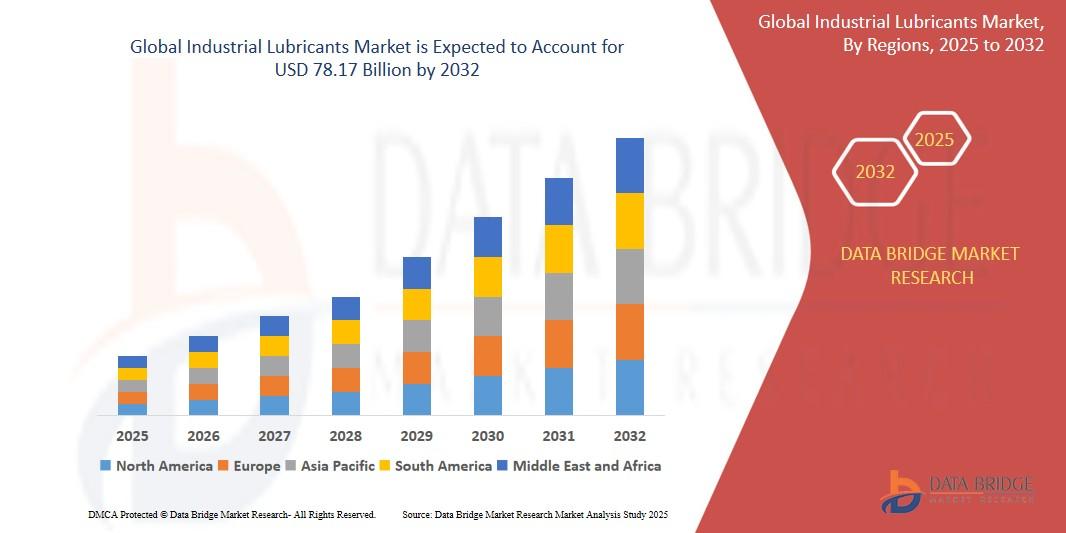Global Oil Field Equipment Market Gaining Momentum
The oil field equipment market is witnessing a significant revival as upstream exploration and production (E&P) activities intensify worldwide. With global energy consumption rising, oil and gas companies are ramping up investment in both onshore and offshore drilling projects, driving demand for efficient, durable, and advanced equipment. From drill pipes and blowout preventers to mud pumps and valves, oil field equipment remains central to the extraction, handling, and processing of hydrocarbons in a safe and cost-effective manner.
Market Dynamics
Several factors are contributing to the resurgence of the oil field equipment market. Chief among them is the uptick in global crude oil demand, particularly in Asia-Pacific, the Middle East, and North America. As economies rebound and industrial activity expands, energy consumption continues to rise, prompting renewed focus on boosting production capacity. This resurgence has led oil majors and independent operators to revive dormant fields, explore untapped reserves, and enhance recovery from mature assets—all of which require substantial investment in drilling and production equipment.
Technological innovation is another key driver. Advancements in drilling techniques, including horizontal drilling and hydraulic fracturing, are pushing the limits of traditional equipment. In response, manufacturers are developing tools with enhanced durability, corrosion resistance, and automation capabilities. Smart equipment with embedded sensors, real-time data transmission, and predictive maintenance features are also gaining popularity, reducing downtime and improving field performance.
Furthermore, the increasing complexity of deepwater and ultra-deepwater exploration projects is fueling the need for robust, high-pressure equipment. Offshore operators, in particular, are investing in subsea production systems, risers, and blowout preventers capable of withstanding extreme conditions. The adoption of such specialized equipment is expected to grow as companies aim to diversify their portfolios and increase offshore output.
A notable trend is the rise of modularization and standardization in oil field equipment design. Operators are looking for flexible, scalable systems that can be rapidly deployed across multiple fields, reducing lead times and capital expenditures. This shift has led to a growing market for compact, mobile rigs, containerized processing units, and modular pump systems.
Despite the promising outlook, the market faces several challenges. Supply chain disruptions, fluctuating oil prices, and regulatory pressure regarding emissions from fossil fuel operations can impact investment decisions. However, many oil-producing nations are actively revising policies to create favorable conditions for exploration, providing long-term support for the equipment market.
Competitive Landscape
The oil field equipment market features a diverse competitive landscape comprising established giants and regional players, each focusing on innovation, service reliability, and cost optimization. Leading companies such as Schlumberger Limited, Halliburton Company, Baker Hughes, and National Oilwell Varco (NOV) continue to dominate the global scene, supported by vast product portfolios and integrated service offerings.
Schlumberger, one of the most influential players in the sector, has emphasized digital transformation through its “Digital Drilling” suite, combining cloud computing, AI, and automation with traditional equipment for better efficiency. The company also focuses on delivering fit-for-purpose solutions for both land and offshore rigs, allowing greater adaptability to project-specific requirements.
Halliburton, with its wide-ranging drilling and completion equipment, is innovating in the realm of real-time wellbore monitoring and intelligent systems. Its commitment to lowering total cost of ownership and environmental impact is positioning the firm as a sustainability-conscious leader in the space.
Baker Hughes is leveraging its deep expertise in mechanical and electrical systems to produce advanced pressure control equipment, artificial lift solutions, and integrated well services. Its partnerships with renewable energy ventures and carbon capture projects indicate a long-term strategy of diversification and energy transition.
National Oilwell Varco (NOV), another major contributor, is focused on modular rig systems and offshore solutions. Its recent innovations include fully automated drilling rigs and predictive maintenance technologies, aimed at reducing operational risks and enhancing uptime.
Regional players across the Middle East, Africa, and Asia-Pacific are also playing an increasingly important role. These companies often cater to local markets with cost-effective solutions and customized products tailored to specific field conditions. Strategic alliances, distribution partnerships, and technology licensing deals with larger OEMs help smaller manufacturers stay competitive.
Mergers, acquisitions, and joint ventures continue to reshape the competitive landscape. Many companies are aligning resources to offer integrated solutions across drilling, production, and maintenance, ensuring comprehensive field support from a single service provider.
Outlook and Strategic Opportunities
The oil field equipment market is expected to maintain steady growth through 2030, backed by favorable energy policies, expanding E&P budgets, and global demand stabilization. As oil prices hover at profitable thresholds, companies are likely to pursue both greenfield and brownfield projects, supporting long-term equipment demand.
Digitalization and automation will be central to future market evolution. Equipment that enhances safety, reduces human error, and supports data-driven decision-making will see higher adoption, particularly in offshore and high-risk zones. Manufacturers that integrate AI, edge computing, and cloud connectivity into their tools are expected to lead innovation.
Environmental considerations will also influence product development. There is growing demand for energy-efficient equipment that minimizes emissions and reduces ecological impact, especially as ESG (Environmental, Social, and Governance) criteria become central to investment decisions.
In conclusion, the oil field equipment industry remains an indispensable pillar of global energy production. With rising demand for energy security and technological transformation underway, the sector is positioned for long-term resilience. For timely insights and strategic intelligence on this evolving market, Market Research Future offers in-depth analysis to guide businesses and investors navigating the energy landscape.
More:








